Shortlisted designs revealed for London's transatlantic slavery memorial

Six leading artists have been shortlisted to create a memorial to the victims of the transatlantic slave trade in London’s Docklands.
Backed by £500,000 of funding by mayor Sadiq Khan last year, the memorial will be located at West India Quay. Its intention will be to recognise and reflect on the role London played in slavery.
It is expected to be unveiled in the summer of 2026, with the chosen design to be announced later this year.
The shortlisted artists and their proposed works are:
Alberta Whittle – Echoes from beneath the deep and in between the canes includes a Caribbean-style pavilion alongside a sugarcane field and cowrie shells which are synonymous with the trade in enslaved people.
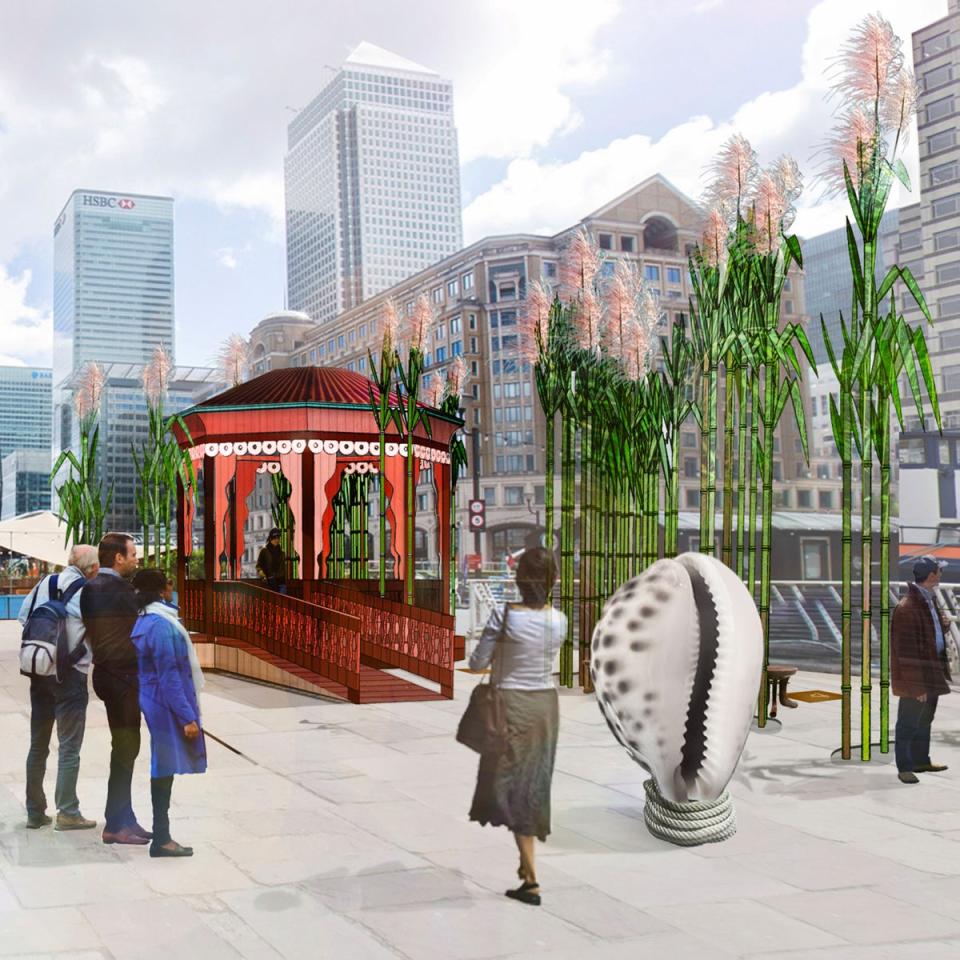
Grada Kilomba – Archaeology of Contemplation uses the image of a boat as a metaphor of remembrance, remembering those who were transported as cargo by the British and other nations.
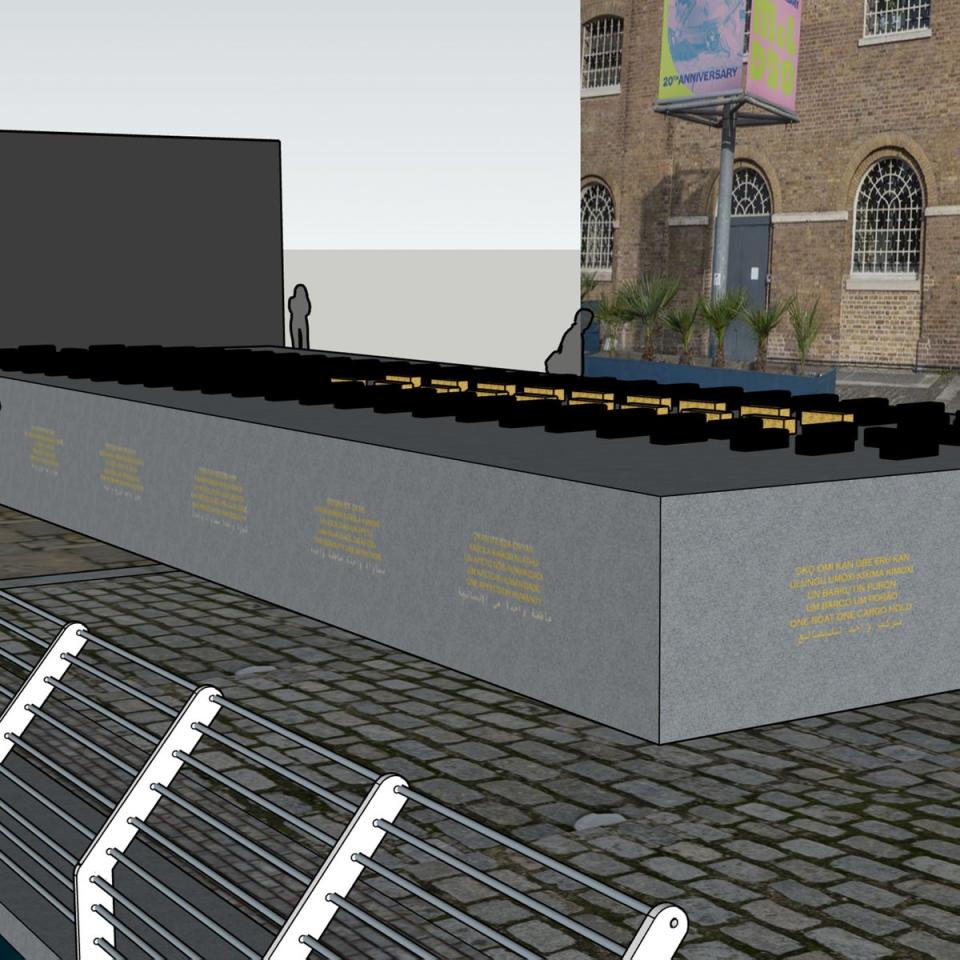
Helen Cammock – Ripple is a large-scale, circular stone structure that creates a space to reflect and learn from the generational experiences of enslaved people.
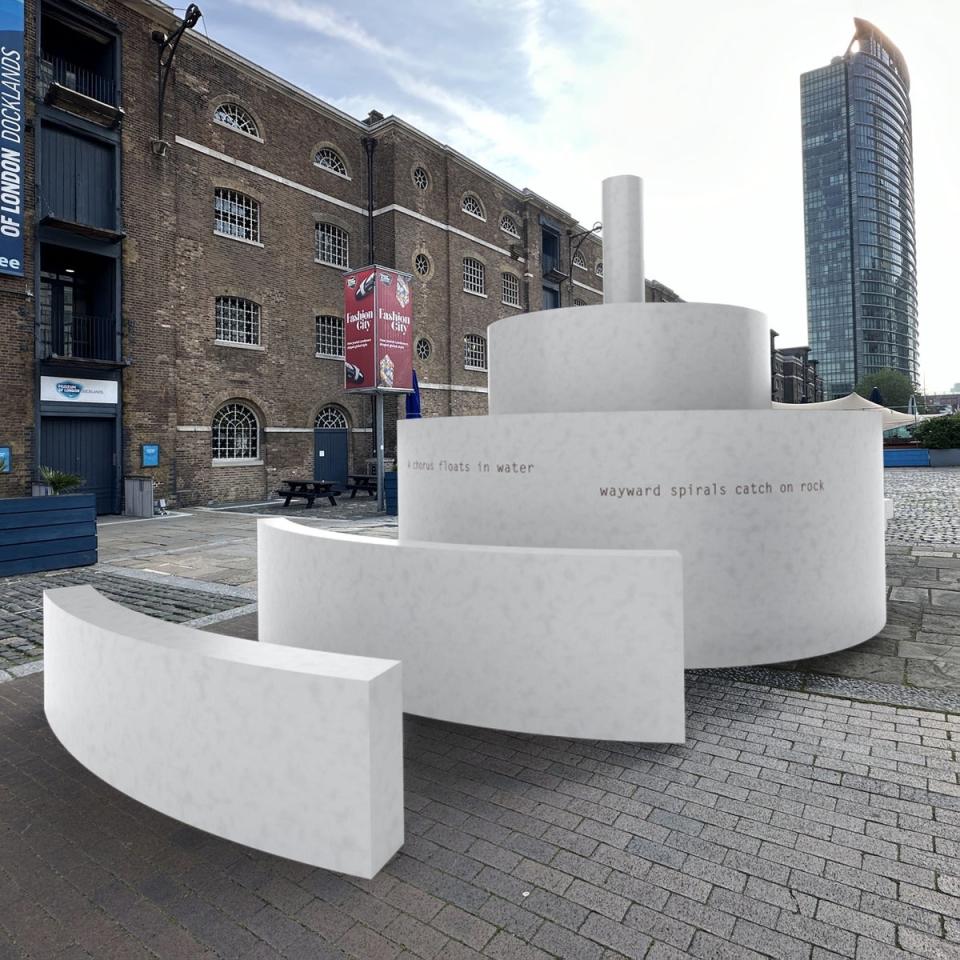
Hew Locke – Memorial for the victims of the transatlantic slave trade consists of bronze sculptures of boys and girls, carrying buildings which were built in London from money earned by the trade in enslaved people.
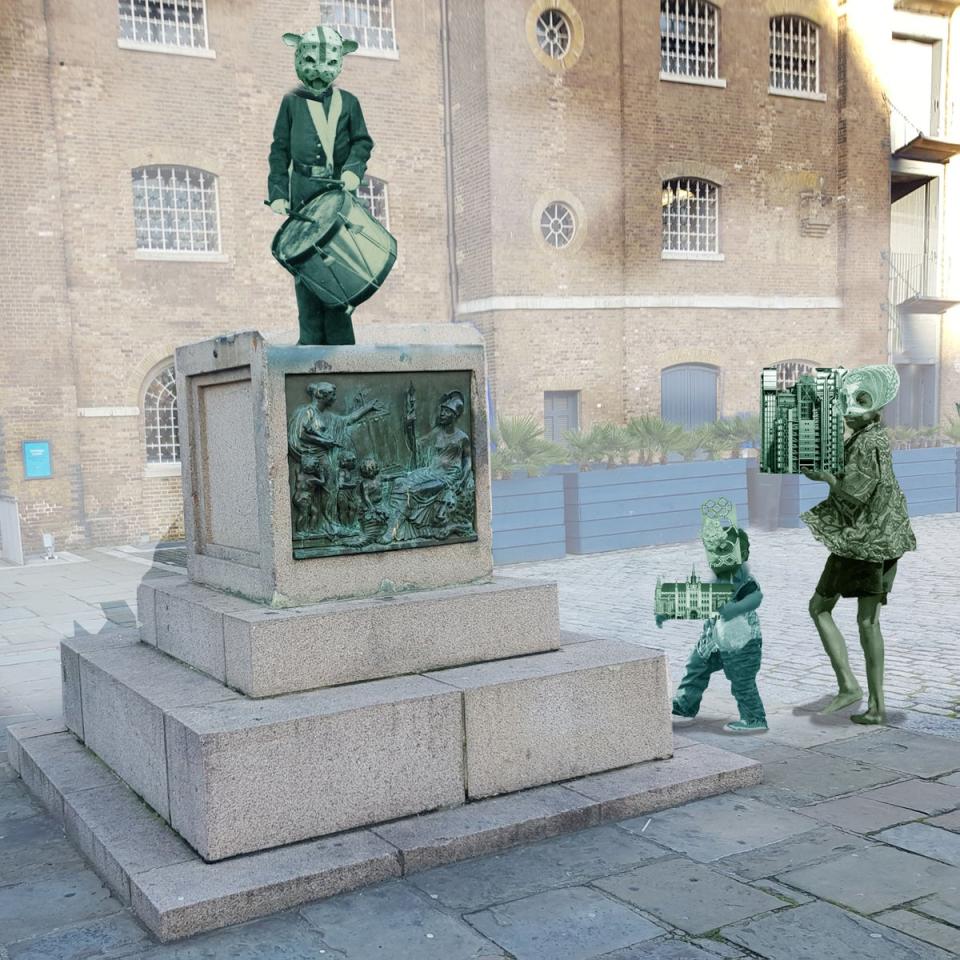
Khaleb Brooks – The Wake uses a large scale cowrie shell to represent the perseverance, prosperity and beauty rooted in African and African diasporic heritage.
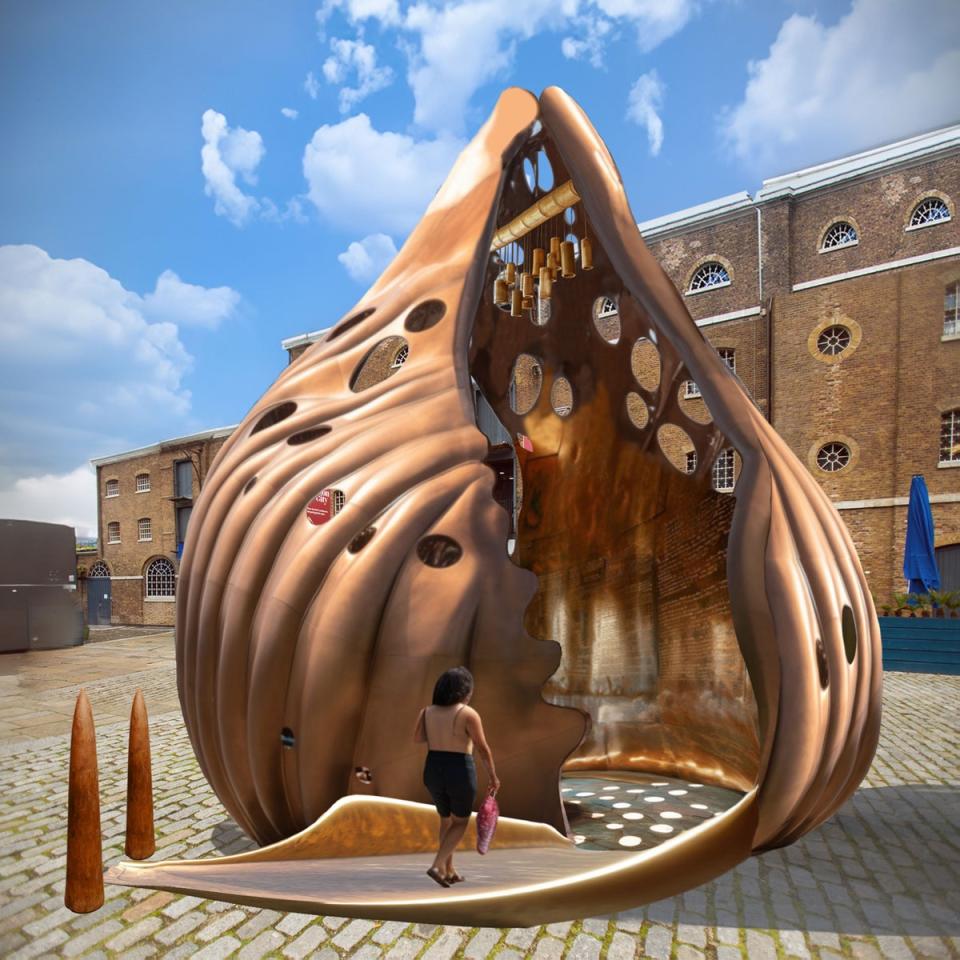
Zak Ové – Nana Buluku is an 11m tall and richly decorated representation of an African Queen, Nana Buluku. Believed to be the mother of all deceased people, she accompanies them during their journey to the land of the dead, preparing their souls to be born again.
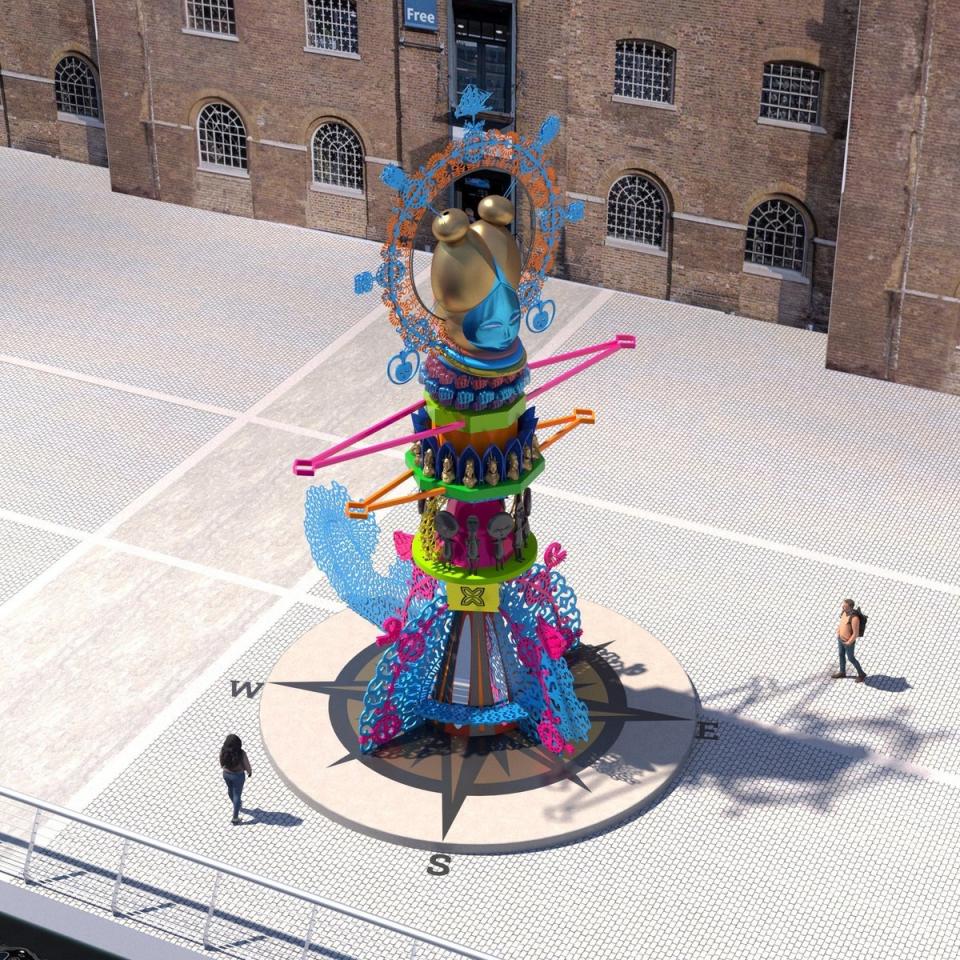
A longer list of artists was compiled by arts professionals, sector specialists and community groups - with an artistic advisory panel responsible for selecting the shortlist. Once the public has had the opportunity to feedback on the proposals, the panel will select the final work.
Mr Khan said: “A lasting memorial to the victims of transatlantic slavery is long overdue. I’m proud that this first memorial of its kind in the UK will commemorate the victims of this barbaric practice and help educate Londoners and visitors on the role London, and the UK, played in the trade in enslaved African people.
“It is essential that London’s public spaces reflect our city’s stories, celebrate our leading figures and achievements, but also commemorate and acknowledge the parts of our history some would rather forget. This memorial will provide a better understanding of the capital’s role in the trade, and a chance to reflect and learn from this dark chapter, creating a better and fairer London for all.”
The project has also won the backing of author Bernardine Evaristo, who said: “We must never forget or whitewash this terrible era in British history which led to the mass murder and horrendous enslavement of millions of Africans, from the first slavers that set sail in 1662 to the first manumitted Africans in the British West Indies in 1834.
“As a nation unafraid to confront its complex past, we must remember and honour those who were subject to this atrocity and take lessons from it that ensure we continue to build a more egalitarian society founded on justice, equality, moral integrity and the humanity we all share.”
An online exhibition of the shortlisted work will be available to view and provide feedback on at: https://www.london.gov.uk/transatlantic-slavery-memorial


